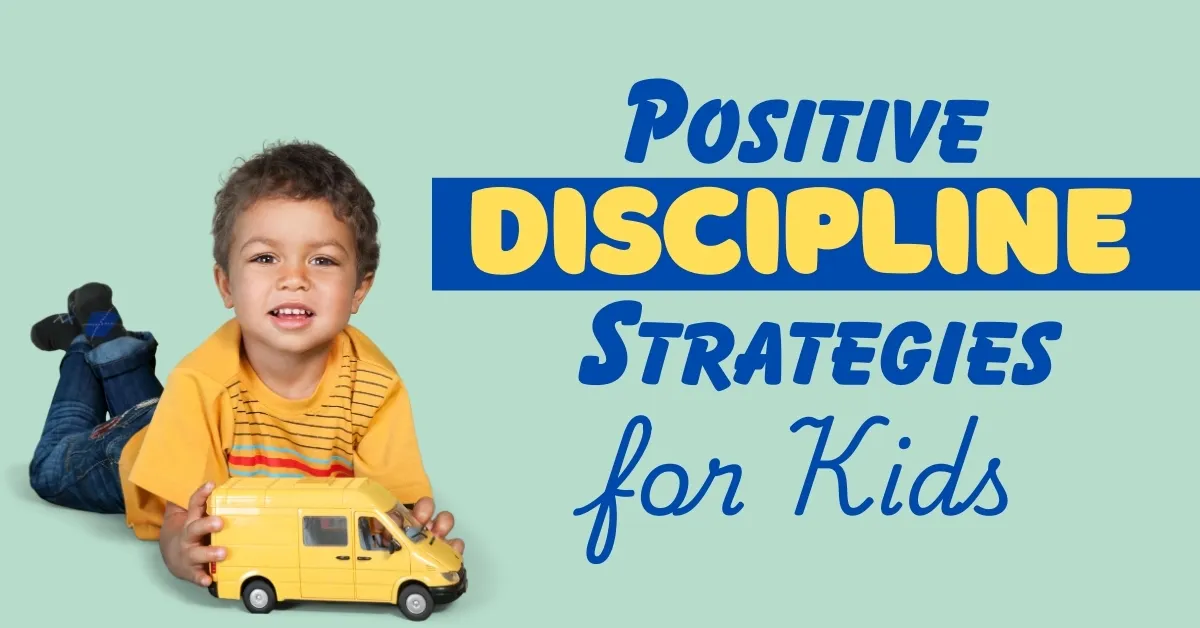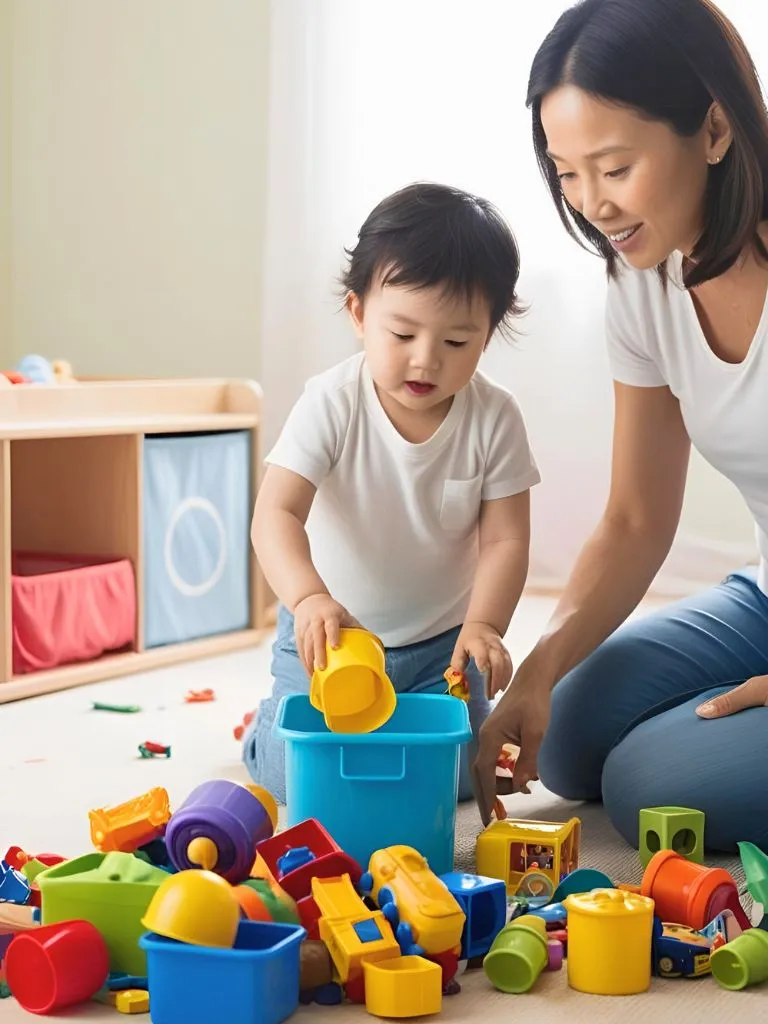You know those moments when you’re standing in the middle of your kitchen—crumbs everywhere, dinner half-burnt, your toddler wailing because the banana broke in half—and you’re just trying not to lose it?
Yeah, I’ve been there. I’m Jessica, mom of three (ages 2, 4, and 6), and let me tell you something: yelling didn’t help. Timeouts didn’t help. Sticker charts? Cute, but no magic wand.
What finally worked? Positive discipline—not the Instagram version, but the real-life, messy, repeat-it-a-thousand-times kind that builds connection and actually makes life easier (eventually).
This post is everything I’ve learned, heart to heart, from one tired mama to another.
What Is Positive Discipline, Really?
Let’s keep it real: positive discipline isn’t about being permissive. It’s about guiding our kids with respect, empathy, and consistency—without shame or fear-based tactics.
It’s not about ignoring bad behavior. It’s about understanding what’s underneath it—and helping our kids grow stronger emotional muscles.
1. Connection Before Correction
Before you jump into correcting a behavior, pause. Breathe. Ask yourself: Is my child feeling seen? Safe? Understood?
When my 3-year-old used to throw blocks across the room, I’d react with frustration. But when I slowed down and connected—eye contact, gentle touch, calm voice—his little nervous system settled.
Try this: Get on their level, say their name softly, and offer a calm hug before addressing the behavior.
It takes 10 extra seconds. And it changes everything.
2. Validate Feelings (Even the Loud Ones)
“No, you can’t have ice cream before dinner,” I’d say. Cue meltdown.
Instead of “Stop crying!” I started saying, “You’re really disappointed. You wanted that treat. It’s okay to feel sad.”
Letting our kids feel their feelings doesn’t mean we’re giving in—it means we’re building emotional intelligence.
They’re not giving us a hard time. They’re having a hard time.
3. Offer Choices, Not Commands
This one saved me in the preschool years. When you offer kids choices within boundaries, they feel more in control (and less likely to rebel).
Instead of “Put your shoes on now!” try “Do you want to wear your red sneakers or blue ones?”
It’s the same outcome, but it empowers them to cooperate instead of pushing back.
4. Set Clear Boundaries—Lovingly
Positive discipline isn’t boundary-free. Kids thrive on structure—they just need it delivered with warmth.
“We don’t hit. I won’t let you hurt me. Let’s go take some deep breaths together.”
Firm doesn’t have to mean harsh. You can hold the line with compassion.
5. Use Natural Consequences (Not Punishments)
When my oldest refused to wear his jacket on a chilly day, I didn’t battle him. I tossed it in my bag, and sure enough—he got cold and asked for it 10 minutes later.
Natural consequences teach life lessons without us needing to lecture or punish.
Let life be the teacher, while we stay calm and supportive.
6. Model What You Want to See
I know. It’s hard. Especially when you’re running on 4 hours of sleep and someone just colored on the wall.
But our kids are always watching. When we stay calm, apologize when we mess up, and speak kindly—we’re teaching them how to handle big emotions too.
We don’t need to be perfect. We just need to be honest and trying.
7. Create Daily Rituals of Connection
Before bedtime, we started doing “Three Things I Love About You Today.” It’s silly, sweet, and ends the day on a loving note—even if the day was full of chaos.
Kids act out less when they feel connected more. Fill their emotional cup every day with little rituals, snuggles, and undivided attention (even for 5 minutes).
8. Know When to Walk Away
Some moments are just too much. Your nervous system is fried. The noise is too loud. And you’re about to snap.
Mama, it’s okay to step away. Breathe. Cry in the bathroom if you need to. Regulate your emotions first—because discipline won’t land if you’re dysregulated too.
Real Talk from the Trenches
There were days I cried after bedtime, feeling like I failed. Days I thought, “Why isn’t this working?” But the more I stayed consistent—calm voice, firm boundaries, connection first—the more our home changed.
We’re still a loud, messy, real family. But there’s more laughter now. Less power struggle. More trust.
You don’t need to “fix” your child. You just need tools that build them up—and strengthen your relationship.
Positive Discipline Doesn’t Happen Overnight—But It Works
You’re not alone in this. If you’ve read this far, I know your heart is in the right place.
Start small. Choose one strategy today—maybe validating feelings or offering more choices—and build from there. Progress, not perfection.
Let’s Keep This Conversation Going!
Have you tried positive discipline in your home? What’s working (or not)?
Drop your thoughts in the comments, save this post for later, and share with a fellow mama who needs this reminder today.
You’ve got this. We’re in it together.








